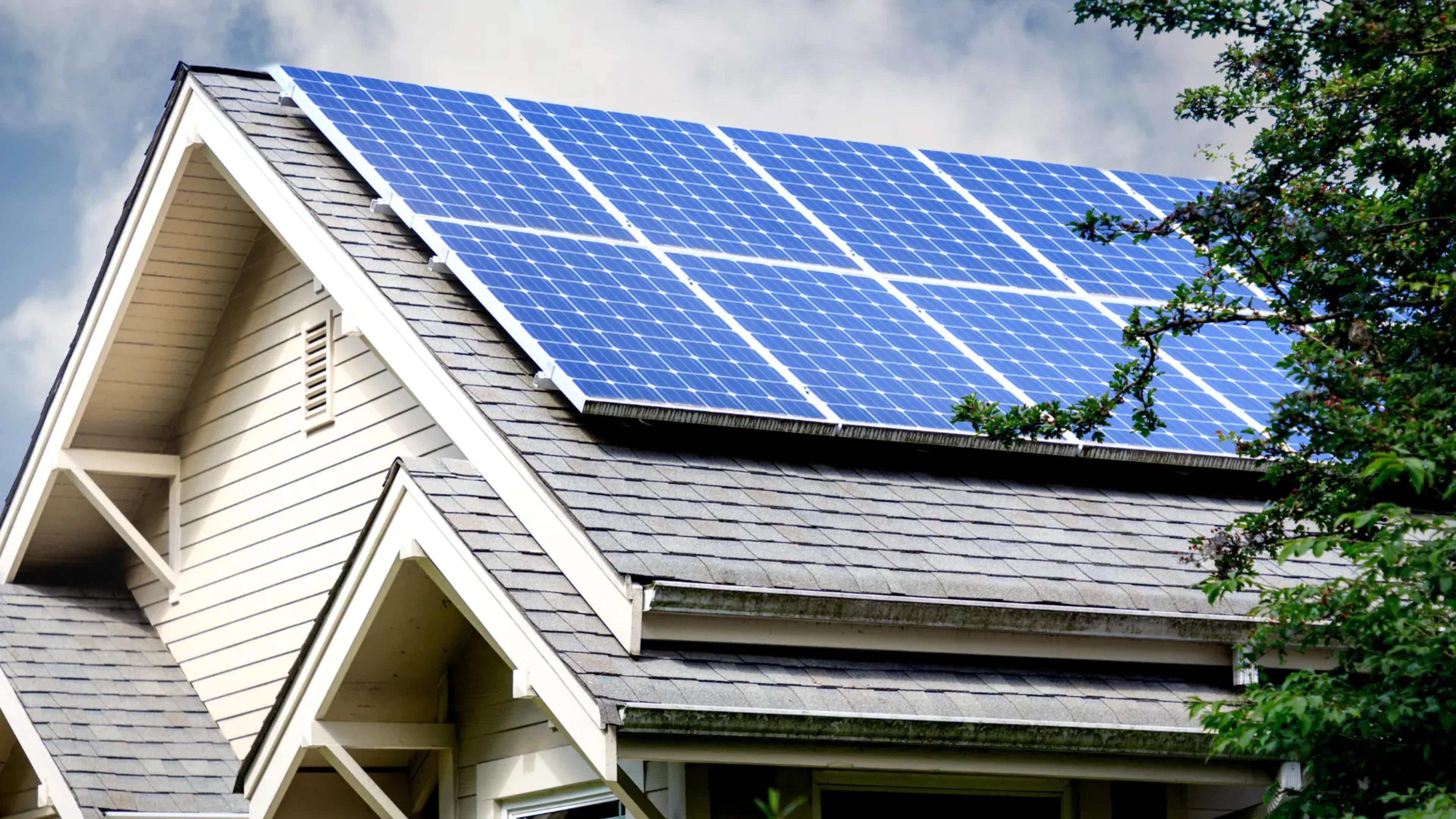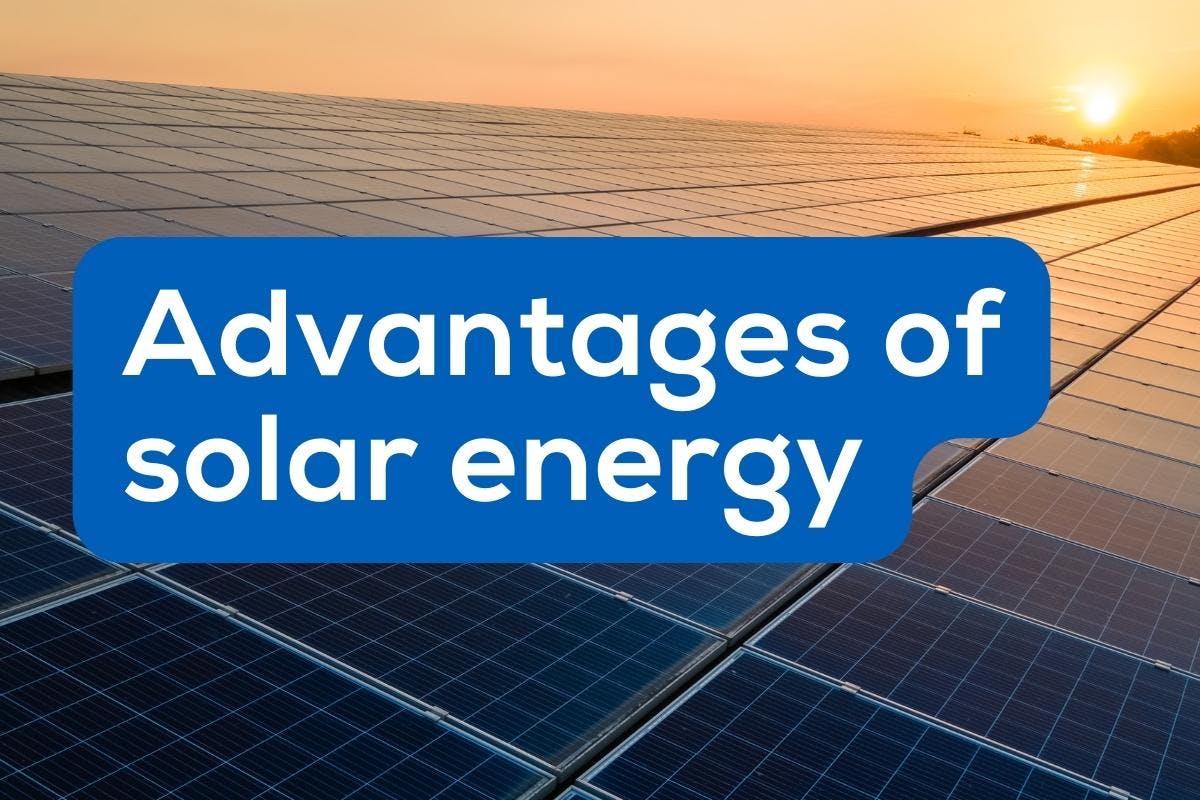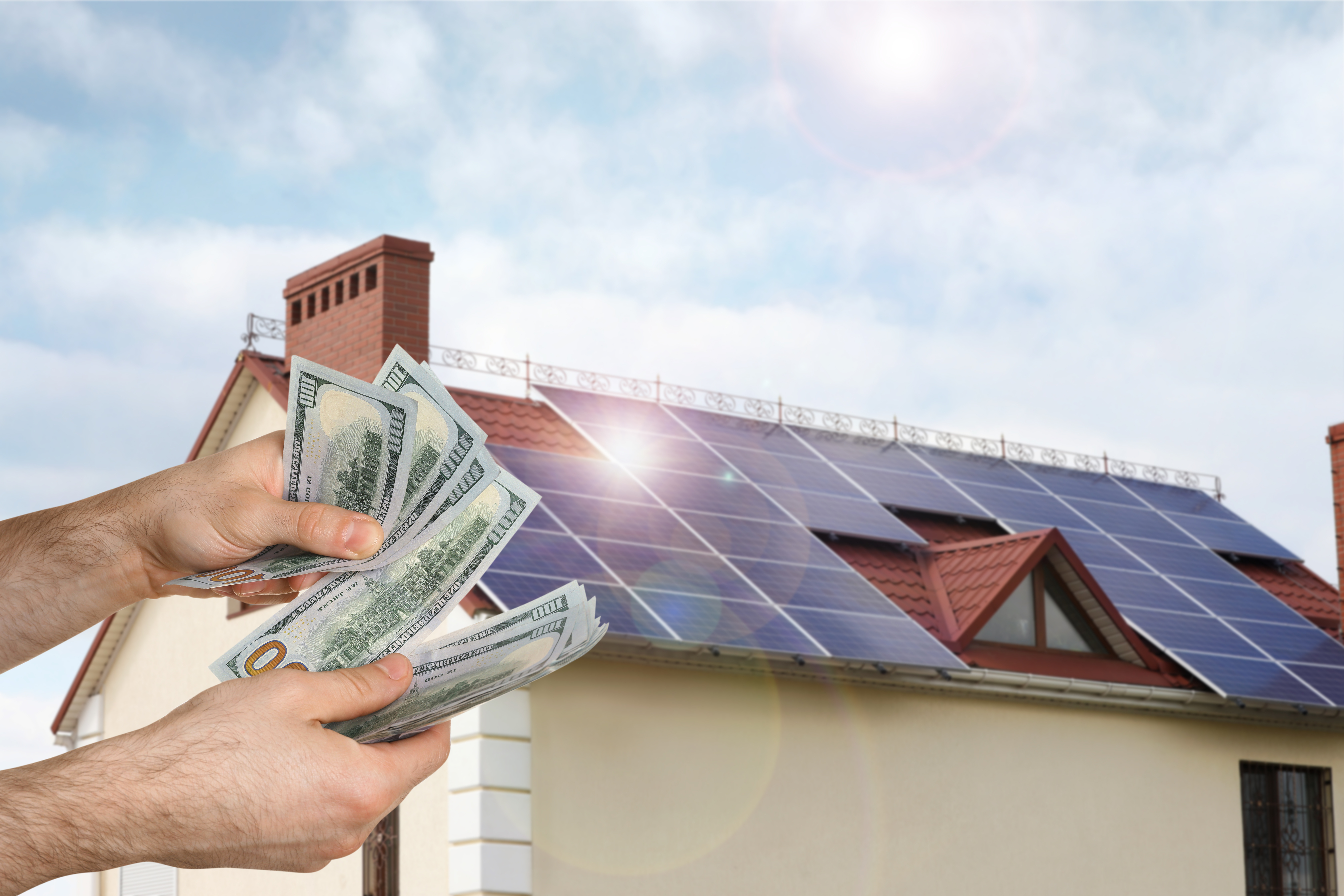Solar Power 101: A Beginner's Guide to Sustainable Energy Solutions
As the globe increasingly moves towards lasting energy options, recognizing the basics of solar power comes to be essential for both individuals and organizations. By discovering the benefits of solar technology, alongside the financial incentives and installation procedures, one can get a clearer perspective on how to efficiently incorporate this sustainable source right into their energy strategy.
Recognizing Solar Power
At its core, understanding solar power includes grasping the essential concepts of how sunlight can be exchanged functional power. Solar power is originated from the sunlight's radiation, which can be used through different technologies. The main device for this conversion is the photovoltaic or pv impact. This phenomenon takes place when sunlight strikes semiconductor materials, typically silicon-based, within solar batteries. The power from the sunshine excites electrons in the semiconductor, allowing them to stream easily and generate direct existing (DC) electricity.

Understanding solar power also involves acknowledging its ecological advantages. By making use of sunshine, we can mitigate greenhouse gas discharges and reduce air contamination, adding to a more lasting future. The developments in technology and performance of solar systems continue to boost their viability, making solar power a progressively attractive choice for worldwide energy demands.
Types of Solar Power Solutions
Numerous sorts of solar power systems are typically utilized to harness solar energy for power generation. The key categories include photovoltaic or pv (PV) systems, focusing solar power (CSP) systems, and solar thermal systems.
Photovoltaic or pv systems utilize solar panels composed of silicon cells that transform sunlight straight into electrical power. These systems are flexible and can be mounted on roofs, ground places, or incorporated right into structure products.
Focusing Solar Power systems, on the other hand, utilize mirrors or lenses to focus sunlight onto a tiny location, producing warm that drives a heavy steam turbine to produce electrical power - Simply Solar Illinois. CSP systems are commonly deployed in large power plants and need direct sunshine, making them less suitable for gloomy areas

Each sort of solar power system has its one-of-a-kind attributes, applications, and suitability depending on geographic place, energy demands, and budget plan, making it important to examine choices based upon details situations. - Simply Solar Illinois

Advantages of Solar Power
Taking advantage of solar energy via different systems not just offers a sustainable way to create power but likewise offers a wide range of benefits. One of one my response of the most significant benefits is the decrease in greenhouse gas discharges, adding to a cleaner environment and combating climate modification. Solar energy is renewable, meaning it is endless and offered as long as the sun shines, unlike nonrenewable fuel sources, which are limited and depleting.
Furthermore, solar power can cause considerable cost financial savings gradually. Property owners and organizations can reduce their electrical power expenses significantly, and oftentimes, they may make credit histories for excess power created through net metering. In addition, the solar sector produces work, from making to installment, stimulating local economic situations.
An additional engaging advantage is power freedom. By producing their very own electrical energy, people and areas can reduce reliance on outside energy sources, boosting strength versus changing energy costs and supply disturbances. Solar energy systems need minimal maintenance, making them a practical option for lasting power generation.
Installation Process Summary
The installment process for solar energy systems normally entails numerous crucial you could check here actions that guarantee efficient assimilation into a building. Originally, a thorough website assessment is conducted to assess the roofing's alignment, shading, and architectural integrity, which are essential to maximizing photovoltaic panel efficiency. Following this assessment, the layout phase starts, where a customized solar power system is configured based on the homeowner's power needs and choices.
When the design is completed, the required permits and approvals are gotten from local authorities, guaranteeing compliance with regulations. The real installment entails installing the photovoltaic panels on the roofing or ground, connecting them to an inverter, and incorporating the system with the building's electrical configuration. This phase may additionally include setting up battery storage systems, depending upon the layout.
After setup, a complete examination is conducted to confirm the system's performance and security. The system is appointed, and homeowners are enlightened on its procedure and maintenance. With the installment complete, the solar energy system can begin creating sustainable energy, adding to sustainability and decreasing utility costs. This structured technique ensures that solar systems are both efficient and reputable, maximizing their long-term benefits.
Financial Rewards and Cost Savings
Exploring the economic incentives and savings related to solar power systems can substantially improve the charm of making the switch to renewable resource. Different rewards exist at federal, state, and local degrees, developed to minimize the preliminary prices connected with solar installation. One of one of the most noteworthy rewards is the federal solar tax obligation debt, which permits home owners to deduct a percent of their planetary system installation expenses from their federal tax obligations. As of 2023, this credit history stands at 30%, giving substantial financial savings.
In addition to tax credit reports, several states provide discounts that can even more reduce upfront expenses. Some energy firms also offer performance-based rewards, gratifying solar power manufacturing gradually. Funding options, such as browse around this site solar fundings and leases, enable consumers to install systems with little to no down settlement, making solar power much more accessible.

Lasting savings are another important variable. By generating their own electrical energy, house owners can dramatically reduce or perhaps remove their month-to-month energy costs. Additionally, solar systems can enhance residential property worths, providing a solid roi. On the whole, the mix of motivations and savings makes solar power an economically attractive choice for many households.
Conclusion
In conclusion, solar power stands for a crucial component of lasting energy remedies, offering a path toward lowered carbon footprints and boosted environmental defense. Eventually, the transition to solar power not just fosters ecological obligation however also advertises economic financial savings and energy freedom.